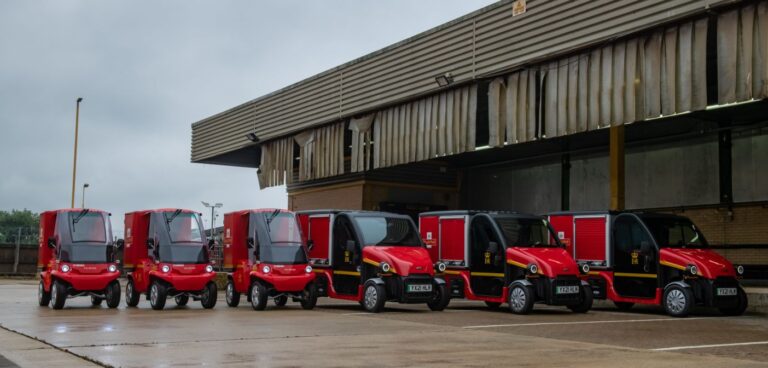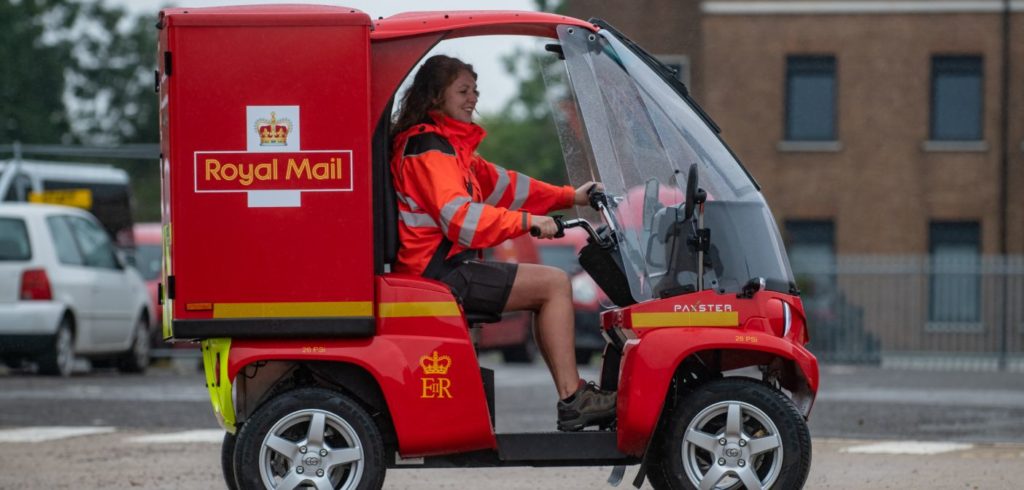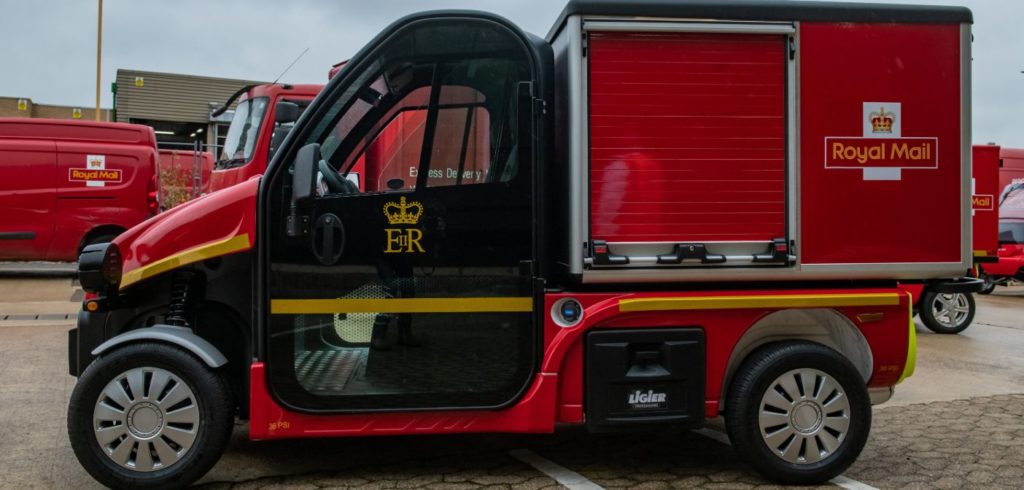Royal Mail is to trial two types of micro EVs for letter and small parcel deliveries as the company seeks to further reduce emissions associated with its operations.
The Paxster Cargo and the Ligier Pulse 4 form part of Royal Mail’s programme of low- and zero-emission vehicle trials.
Roughly the size of a golf buggy or a quad bike, the vehicles will be assessed in residential areas as a potential lower carbon alternative to larger vans, which are typically shared by two posties.
The six-month trial will assess whether giving two posties access to separate vehicles could provide greater flexibility on busy routes in a more environmentally friendly way.
Liveried in traditional Royal Mail red, the vehicles have been specially designed to help postmen and postwomen deliver letters and smaller parcels on the daily round in a secure and efficient way.
The trial will see a total of 12 vehicles operating in five locations across the UK; Edinburgh, Crewe, Liverpool, Swindon and London.
Simon Thompson, CEO of Royal Mail, said: “It’s really exciting to see these micro electric vehicles making their way into our daily deliveries.
“At Royal Mail we’re committed to keep on reducing our environmental impact and we intend to leave no stone unturned in trialling new technologies and new ways of delivering to help us do that.”
With a load size of between 1.2m3 and 2m3, the vehicles, which are charged using a standard three-pin plug, can accommodate more than an average daily round’s worth of letters and small parcels.
Once the trial period has ended, Royal Mail will make a decision on whether to roll out this category of vehicles more widely across its fleet as a complement to more conventional vehicles.
Tech specs
Paxster Cargo
The Paxster Cargo is 2.4m long and just over 1m wide, with a central seating position and handlebar steering. It has a top speed of 28mph, a battery range of 88 miles and can be charged in around 9-10 hours.
Ligier Pulse 4
Slightly larger than the Paxster Cargo, the Ligier Pulse 4 is just over 3m long with a width of 1.8m. Negotiated by steering wheel, the vehicle is left hand drive to ensure additional safety on exiting the kerb for frequent deliveries. It also has a top speed of 28mph and slightly reduced battery range of 74 miles, while charging takes around 8-10 hours.







